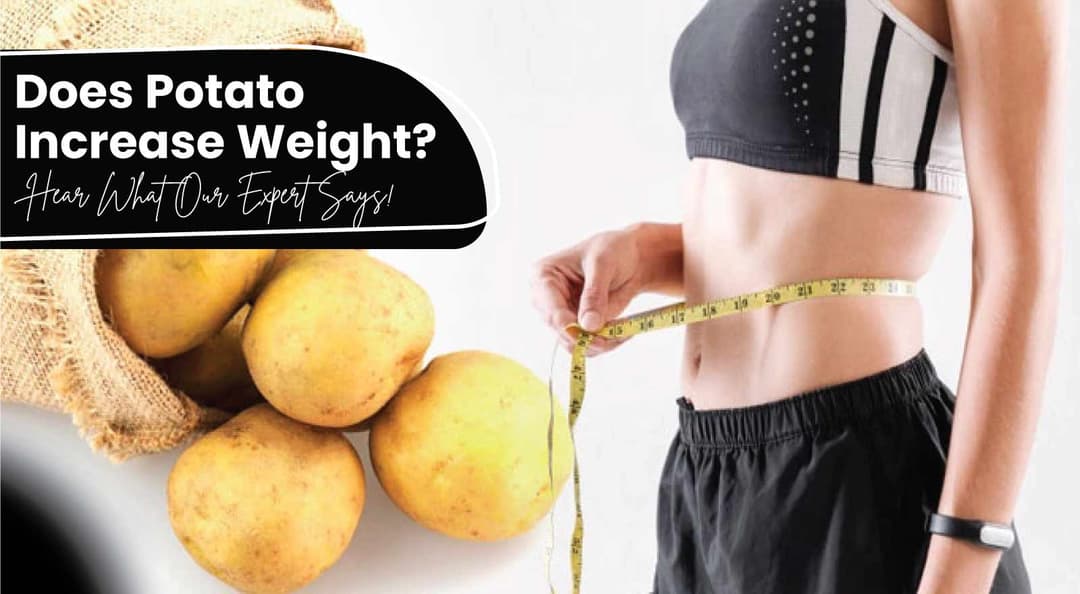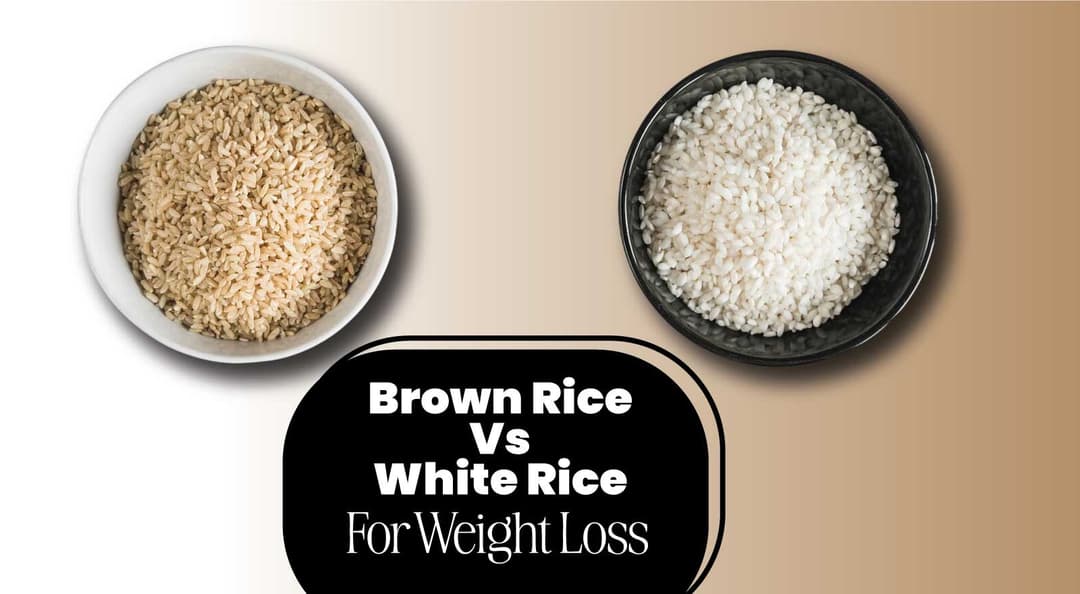Are you regularly experiencing low energy levels, joint pain, or fatigue? This can be due to a lack of specific nutrients, particularly protein, which can cause serious types of malnutrition diseases.
Malnutrition, a global public health concern affecting millions, is caused by deficiencies in essential dietary components like vitamins, minerals, and proteins. These diseases can negatively impact people of all ages, triggering various health concerns, from cognitive decline and growth delays to a weakened immune system and increased susceptibility to infections. Understanding the causes of major malnutrition diseases can help overcome the challenges effectively.
This blog discusses the major types of malnutrition diseases, focusing on protein-energy malnutrition types, its symptoms and side effects for better prevention. Let’s get started!
Table Of Contents
1. What Are The 15 Malnutrition Diseases?
2. What Is Protein-Energy Malnutrition?
3. Protein Energy Malnutrition Types
4. Expert’s Advice
5. The Final Say
6. FAQs
7. References
What Are The 15 Malnutrition Diseases?

Let’s discuss and understand these types of malnutrition diseases to overcome the challenges beforehand:
1. Kwashiorkor
Kwashiorkor is a severe type of protein-energy malnutrition, primarily affecting children in areas with limited access to protein-rich foods. A deficiency in protein and essential micronutrients leads to swelling, irritability, and muscle wasting.
- Nutrient responsible: Protein
- Food sources: Meat, fish, chicken, eggs, beans, lentils, dairy products, soy products.
2. Marasmus
Marasmus is a life-threatening condition caused by a severe deficiency in calories and protein. It results in extreme weight loss, muscle wasting, and fatigue and affects all macronutrients, such as carbohydrates, fats, and proteins.
- Nutrient responsible: Protein and Calories
- Food sources: Whole grains, cereals, milk, meat, eggs, beans, lentils, dairy products.
3. Goitre
Goitre occurs when the thyroid gland enlarges due to an iodine deficiency. This condition can lead to visible swelling in the neck and may affect thyroid hormone production.
- Nutrient responsible: Iodine
- Food sources: Iodised salt, seafood, dairy products.
4. Anaemia
Anaemia is characterised by reduced red blood cells or haemoglobin, which hinders oxygen delivery to tissues. It often results from iron deficiency and leads to fatigue, weakness, and pale skin.
- Nutrient responsible: Iron
- Food sources: Fortified grains, red meat, chicken, fish, spinach, beetroot, dates.
5. Beri Beri
Beri Beri results from a severe deficiency of vitamin B1 (thiamine), affecting nerve and heart function. Symptoms include weakness, nerve damage, and, in severe cases, heart failure.
- Nutrient responsible: Vitamin B1
- Food sources: Whole grains, nuts, seeds, legumes, pulses.
6. Night Blindness
Night blindness occurs when the body is deficient in vitamin A, making it difficult to see in low-light conditions. Prolonged deficiency can lead to permanent vision problems.
- Nutrient responsible: Vitamin A
- Food sources: Spinach, carrots, yellow vegetables, eggs, meat.
7. Rickets
This is a bone disorder caused by a lack of vitamin D, calcium, or phosphorus. It causes soft, weak bones in children and often results in skeletal deformities.
- Nutrient responsible: Vitamin D
- Food sources: Fortified grains, eggs, fortified milk. Apart from food, standing in the morning sunlight for a few minutes helps in the activation of the vitamin’s precursor.
Also Read: Yoga For Digestive Health: Improve Gut & Discomfort
8. Scurvy
It is caused by a vitamin C portion deficiency, leading to symptoms like bleeding gums, rashes, and fatigue. It was once common among sailors who had limited access to fresh fruits and vegetables.
- Nutrient responsible: Vitamin C
- Food sources: Citrus fruits, amla, tomatoes, capsicum, guava, strawberries.
9. Pellagra
Pellagra results from niacin (vitamin B3) deficiency, characterised by the "three Ds"—diarrhoea, dermatitis, and dementia. Without treatment, it can be fatal.
- Nutrient responsible: Vitamin B3 (Niacin)
- Food sources: Beans, pulses, fortified grains, milk, eggs, meat, chicken, fish.
10. Osteoporosis
This is a condition where bones become fragile and more prone to fractures due to a loss of bone density. It is often linked to calcium and vitamin D deficiencies.
- Nutrient responsible: Calcium and Vitamin D
- Food sources: Milk, curd, paneer, cheese, fortified grains, leafy vegetables.
Also Read: Bodyweight Exercises For Muscle Strength | ToneOpFit
11. Hypocalcemia
It is a condition in which the blood calcium level is low, often due to vitamin D deficiency. It can cause muscle cramps, spasms, and abnormal heart rhythms.
- Nutrient responsible: Calcium and Vitamin D
- Food sources: Fortified grains, milk, curd, paneer, leafy vegetables.
12. Hypovitaminosis D
Hypovitaminosis D refers to insufficient vitamin D levels, commonly due to lack of sun exposure. This condition affects bone health, immunity, and overall well-being.
- Nutrient responsible: Vitamin D
- Food sources: Fortified grains, eggs, fortified milk.
13. Hypomagnesemia
Hypomagnesemia occurs when the body’s magnesium levels are too low, leading to muscle cramps, fatigue, and abnormal heart rhythms. Magnesium plays a crucial role in many enzymatic reactions.
- Nutrient responsible: Magnesium
- Food sources: Nuts, seeds, whole grains, legumes, pulses.
Also Read: 14 Full Body Weight Loss Exercises That Work The Best!
14. Ariboflavinosis
Ariboflavinosis is a condition caused by a deficiency of riboflavin (vitamin B2). It can lead to a sore throat, cracks around the mouth, and skin rashes. It can also affect energy production in the body.
- Nutrient responsible: Riboflavin (Vitamin B2)
- Food sources: Green leafy vegetables, eggs, fortified grains, milk.
15. Hypokalemia
Hypokalemia occurs when the body has dangerously low potassium levels, resulting in muscle weakness, cramps, and irregular heartbeats. Potassium is significant for nerve and muscle function.
- Nutrient responsible: Potassium
- Food sources: Potatoes, bananas, coconut water, leafy greens, avocados.
Also Read: Foods To Increase Stamina For Running With Tips
What Is Protein-Energy Malnutrition?
Protein-energy malnutrition (PEM) is a serious condition resulting from a diet that lacks sufficient protein, energy, and essential micronutrients to meet a child’s metabolic demands. This form of malnutrition is one of the deadliest, primarily affecting children, and is often referred to as a "silent emergency." Each year, it plays a role in about half of the 10.4 million child deaths worldwide.
According to the World Health Organization recent reports, approximately 25% of children globally are affected by protein-energy malnutrition. Of this population, 150 million children (26.7%) are underweight, and 182 million (32.5%) are stunted, which indicates severe nutritional deficits affecting their growth and development.
The WHO also highlights that over 70% of children suffering from PEM live in Asia. In India, protein-energy malnutrition is a significant public health issue, with 42.5% of children being underweight—the highest rate globally. Additionally, 48% of Indian children under the age of five are stunted, reflecting the widespread impact of poor nutrition in the country.
PEM is strongly associated with regions facing food insecurity, extreme poverty, lack of access to nutritious foods, and insufficient health services. These conditions increase the risk of PEM, particularly among vulnerable groups, like children, pregnant women, and the elderly in affected populations.
Also Read: Healthy Foods For Weight Loss To Add In Your Diet
Protein Energy Malnutrition Types
Note these two major protein energy malnutrition types with their symptoms and causes:
1. Primary Protein-Energy Malnutrition (PEM)
Type | Meaning | Symptoms and Side Effects |
Kwashiorkor | Kwashiorkor occurs when there is an extreme deficiency in protein and key micronutrients, which is common in food-insecure areas. It leads to fluid retention (oedema), distinct from other malnutrition forms. | Oedema (especially in the lower limbs), swollen stomach (ascites), dry and weak hair, baldness, dermatitis, enlarged liver (fatty liver), loss of appetite, fatigue, delayed development in children |
Marasmus | Marasmus is a severe type of malnutrition due to a significant lack of calories and all macronutrients (carbohydrates, fats, and proteins). It primarily affects infants and children in poverty-stricken regions. | Anorexia, skeletal appearance, extreme fat and muscle loss, disproportionately large head, dry loose skin, sunken fontanelles in newborns, weight loss of more than 40% |
2. Secondary Protein-Energy Malnutrition (PEM)
Cause | Meaning | Impact on Body |
Gastrointestinal Problems | Gastrointestinal conditions like Crohn's disease, celiac, and inflammatory bowel disease hinder nutrient absorption, leading to malabsorption and secondary PEM. | Impaired nutrient absorption, weight loss, diarrhoea, and nutrient deficiencies. |
Infections | Chronic or severe infections (e.g., HIV, tuberculosis) increase the body's energy and protein demands. When these requirements aren't met, secondary PEM develops. | Increased protein and energy requirements, fatigue, muscle wasting, and immune suppression. |
Hyperthyroidism | Overactive thyroid glands raise the body's metabolic rate, increasing the need for calories and protein. If these needs aren't met, secondary PEM results. | High metabolic rate, weight loss, muscle weakness, increased appetite without weight gain. |
Injury | Severe injuries, surgery, or burns heighten the need for protein and energy for tissue repair and healing. Insufficient intake can lead to secondary PEM. | Muscle breakdown, delayed healing, tissue loss, and weight loss. |
Critical Illness | Severe conditions like sepsis, organ failure, or major surgery induce a catabolic state, leading to the breakdown of muscle and tissue for energy, causing an increased need for protein and calories. | Muscle and tissue loss, weight loss, decreased immunity, muscle wasting, and delayed recovery from illness. |
Expert’s Advice
I recommend prioritising a balanced diet to overcome malnutrition. Consuming various nutritious foods will ensure your body receives all the essential nutrients it needs. This approach can help prevent excessive overeating and reduce nutrient deficiencies, which are common even in seemingly adequate diets.
Health Expert
Lavina Chauhan
The Final Say
While most people associate malnutrition with a general deficiency in calories or specific nutrients, it encompasses a broader range of conditions, including marasmus, kwashiorkor, and other diseases discussed earlier. Due to financial limitations or other influencers, these conditions often arise from inadequate vitamins, minerals, and essential nutrient intake. This way, early identification and treatment of these deficiencies and underlying health issues can help address malnutrition.
FAQs
1. What is a deficiency disease?
Deficiency disease is a health condition that occurs when there is a lack of a specific nutrient in the diet. For instance, night blindness can be caused by a deficiency in vitamin A, while scurvy is linked to a lack of vitamin C.
2. Who is at risk for diseases caused by malnutrition?
While anyone can develop a deficiency disease, certain groups are more vulnerable. These include:
- Young children
- Pregnant and breastfeeding women
- Older adults
- Individuals with chronic illnesses
3. How can diseases caused by malnutrition be prevented?
The best way to prevent diseases caused by malnutrition is to eat a balanced and varied diet that includes all the essential nutrients. This means consuming various fruits, vegetables, whole grains, lean proteins, and healthy fats. In some cases, supplements are recommended to address specific nutrient deficiencies.
References
- https://www.geeksforgeeks.org/protein-energy-malnutrition-pem/
- https://my-clevelandclinic-org.translate.goog/health/diseases/22987-malnutrition?_x_tr_sl=en&_x_tr_tl=hi&_x_tr_hl=hi&_x_tr_pto=tc&_x_tr_hist=true
- https://dermnetnz.org/topics/protein-energy-malnutrition#:~:text=What%20is%20protein%2Denergy%20malnutrition,setting%20of%20excess%20nutrient%20loss.
About ToneOp Fit
ToneOp Fit is a platform dedicated to improving and maintaining good health through a comprehensive range of goal-oriented health plans with up to 3 Coach support. With a range of Weight Management, Medical Condition, Detox Plans, and Face Yoga Plans, the app also provides premium health trackers, recipes and health content. Get customised diet, fitness, naturopathy & yoga plans and transform yourself with ToneOp.









































